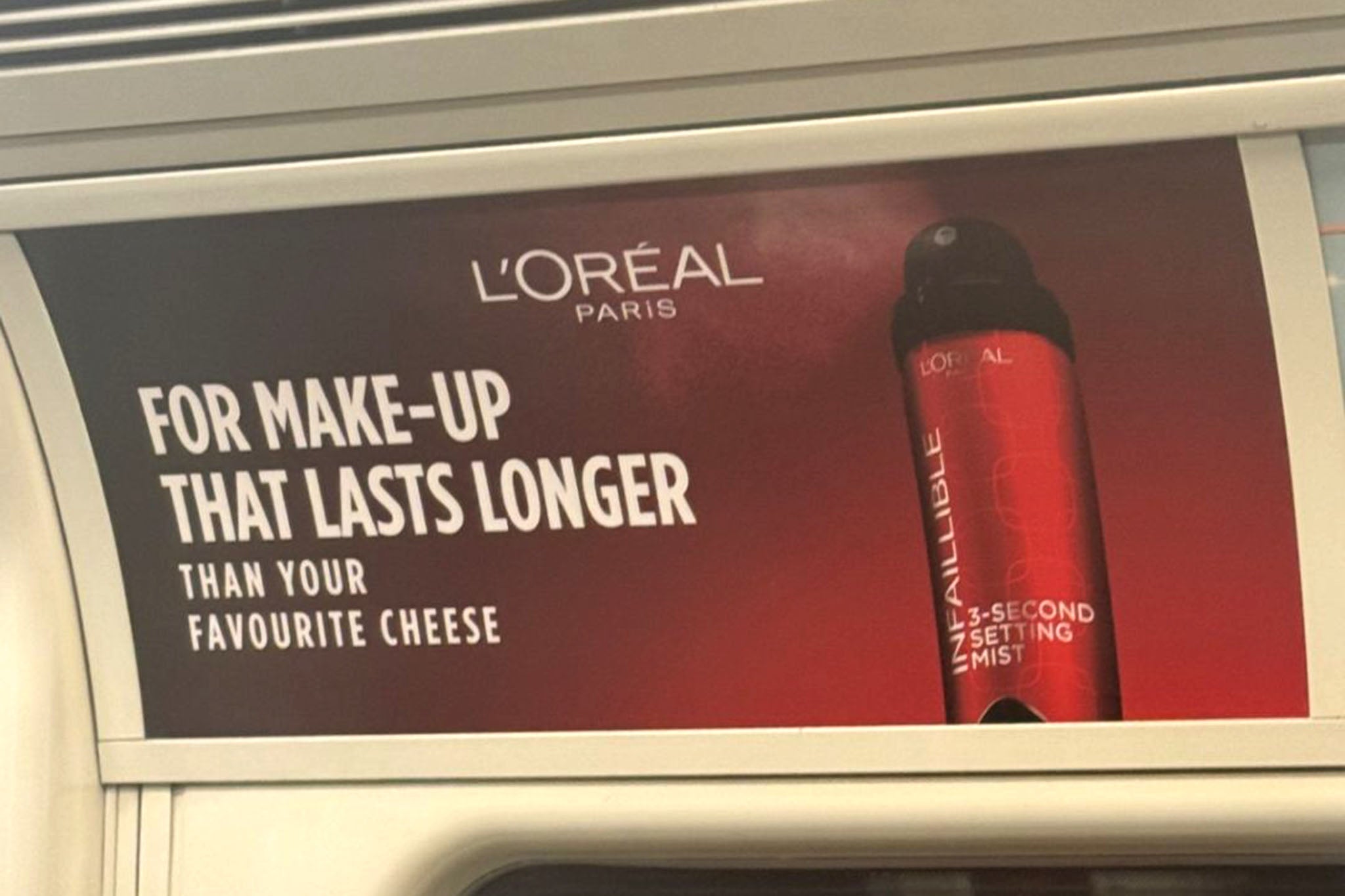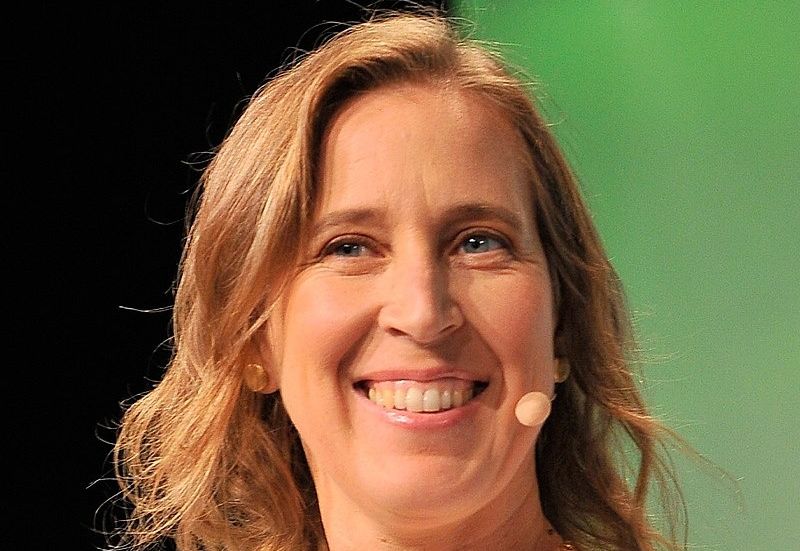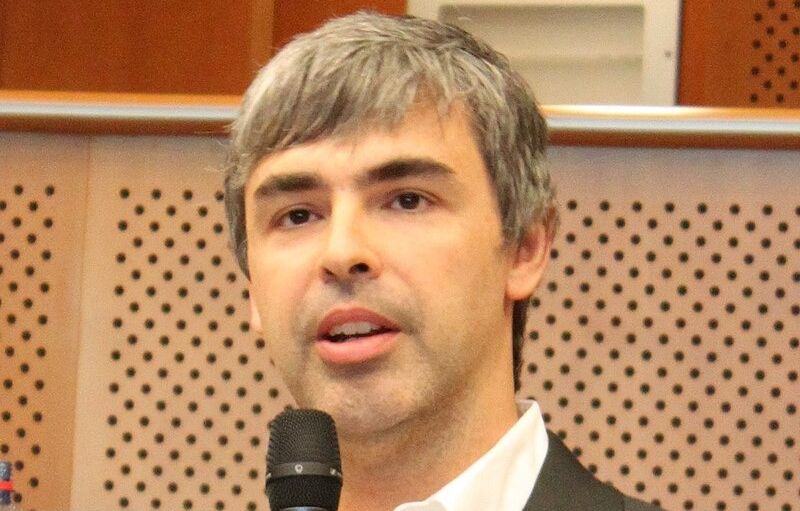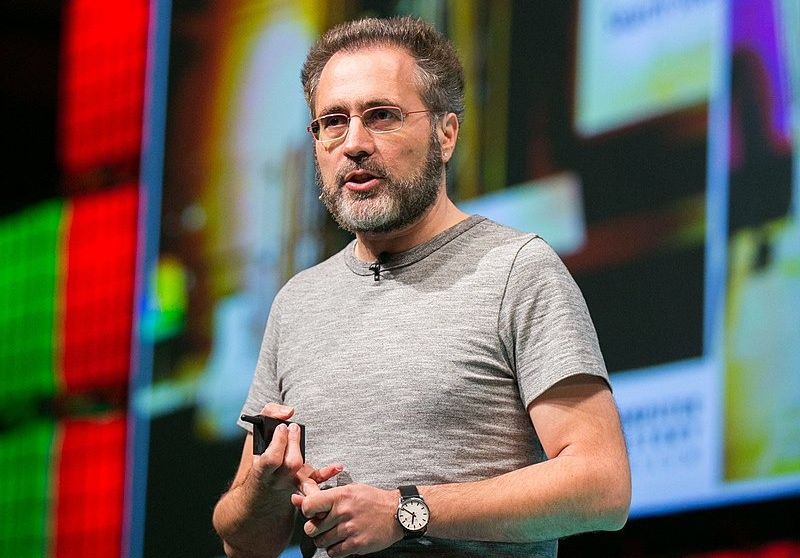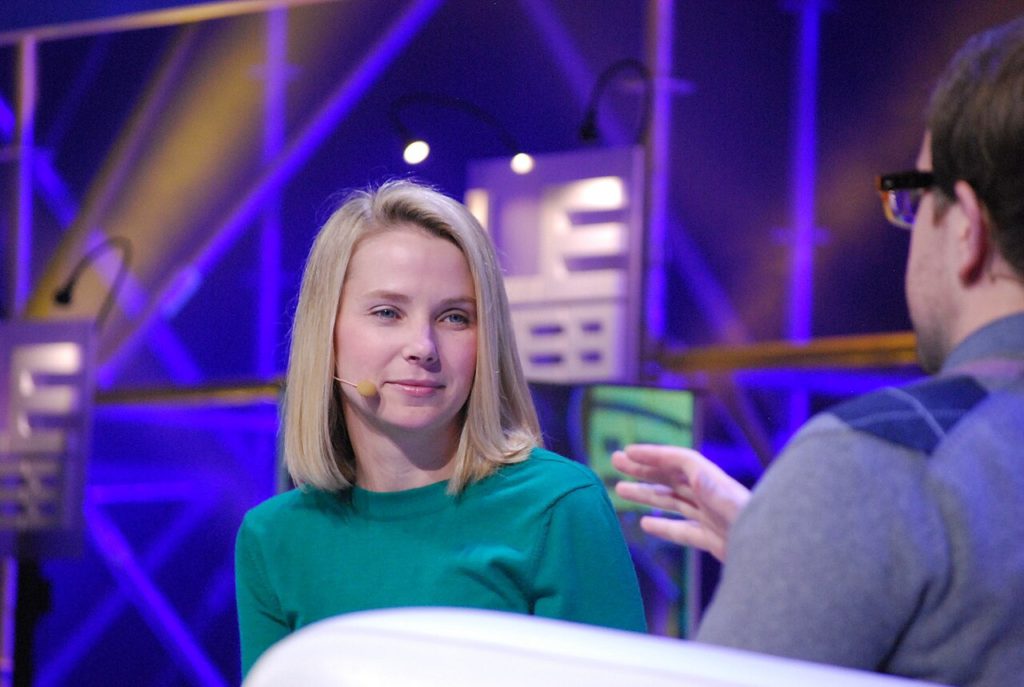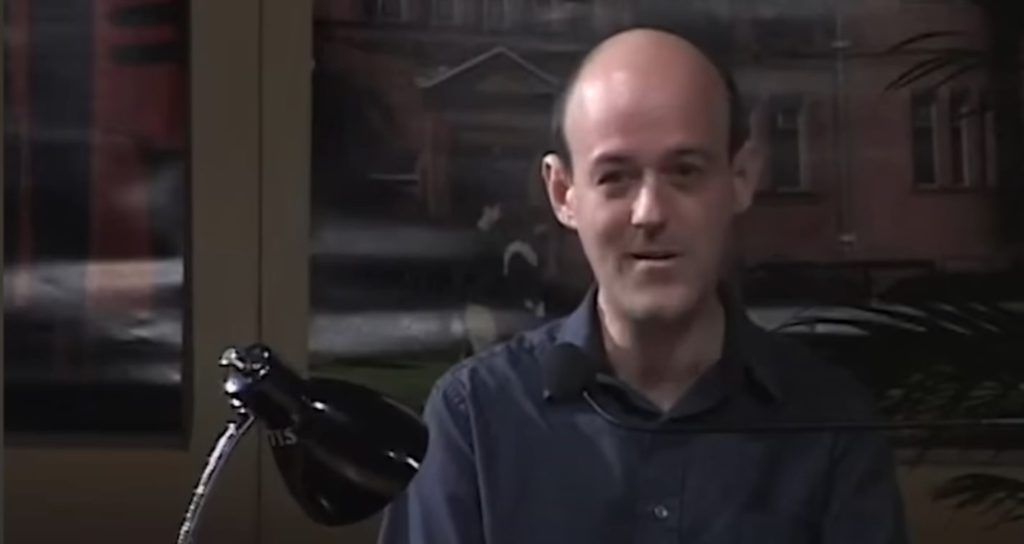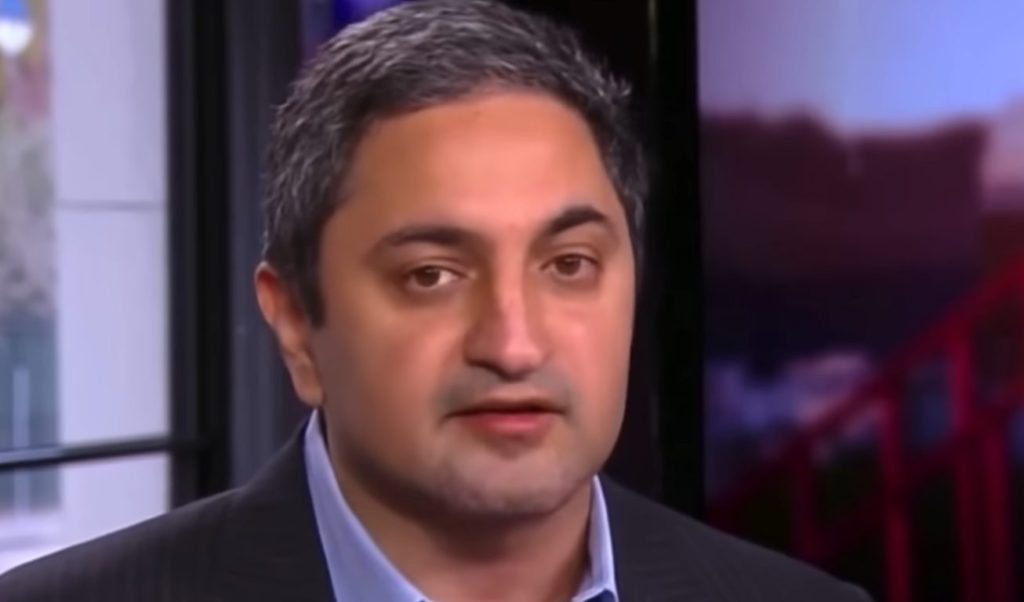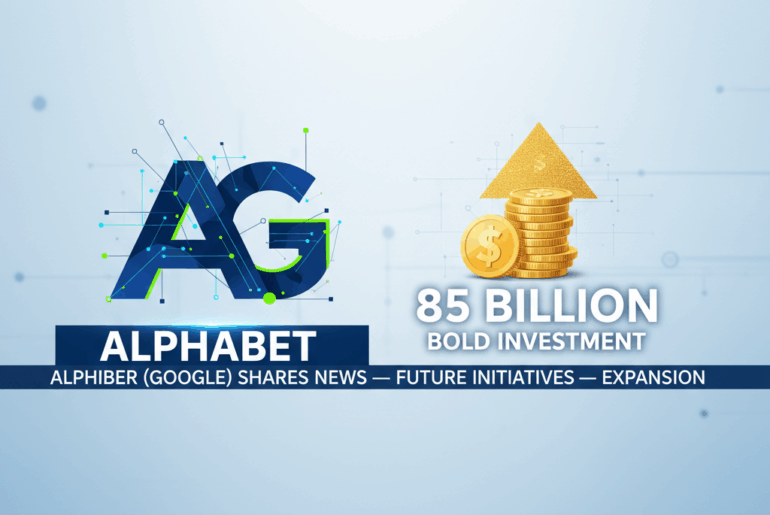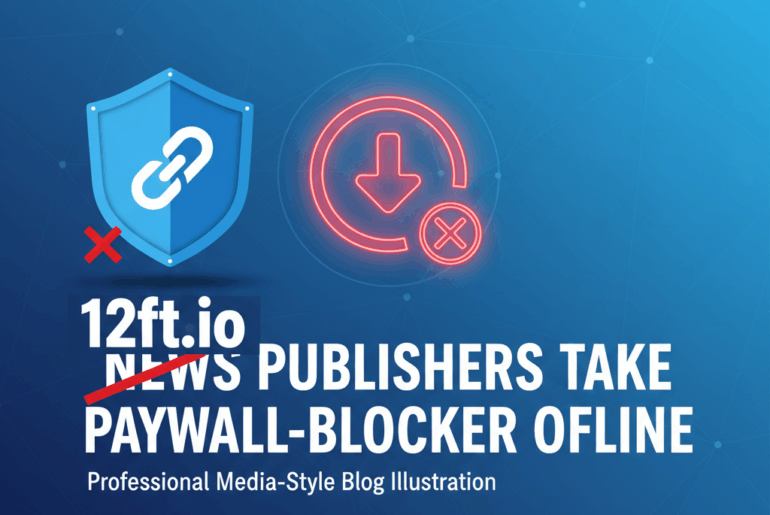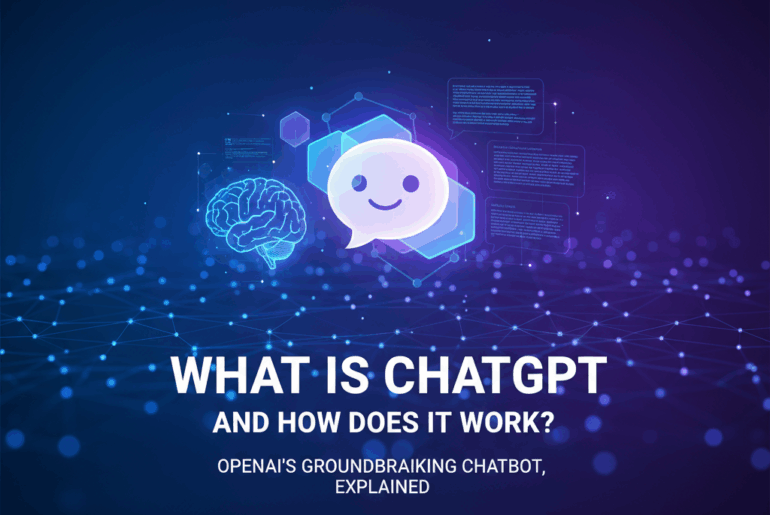Sourced from WATC
A monumental shift has occurred in the digital distribution landscape of 2025. For content creators and publishers, a platform once heralded as a beacon of visual discovery and organic traffic has fundamentally altered its core function. Pinterest, formerly a powerful driver of website visits, has seen its utility for the creative community collapse following sweeping algorithm and interface changes. This isn’t a temporary dip in performance; it represents a strategic pivot, leaving countless creators scrambling for a viable alternative. As this crisis unfolds, Flipboard is emerging as the unexpected, yet logical, successor, championing the very values Pinterest appears to have forsaken.
For years, content creators and publishers honed their Pinterest strategies. They meticulously designed aesthetically pleasing pins, optimized descriptions with relevant keywords, and curated boards that served as crucial gateways to their online presences. Pinterest was a consistent, high-quality traffic source. However, recent algorithmic adjustments have dismantled this established relationship. Disillusioned creators now report plummeting outbound link clicks, with some experiencing traffic drops exceeding 90%. This isn’t a cyclical downturn; it is a direct consequence of Pinterest’s calculated evolution, forcing an urgent re-evaluation of content syndication strategies.
Our Story: A Decade on Pinterest Wiped Out in Months
As the online art and design publication WE AND THE COLOR, we have been active on Pinterest since 2013 (https://pinterest.com/weandthecolor/). Over twelve years, we cultivated a dedicated following, growing our account to over 152,000 followers and becoming a trusted source for creative inspiration. At our peak, our content generated over 30 million monthly impressions, driving an average of 1,800 daily outbound clicks to our website—a vital traffic source. However, since the 2025 algorithm changes took effect, these numbers have fallen off a cliff. Our follower count is now in decline for the first time in over a decade. Monthly impressions have plummeted to just 7 million and are continuing to drop sharply.
Most critically, our outbound clicks, the primary metric of value for any publisher, have dwindled to almost zero. This first-hand experience is a stark testament to Pinterest’s strategic shift away from being a partner for publishers to a closed ecosystem that no longer values external content.
The Pinterest Paradox: A Collapse of Creator Visibility
The recent modifications to the Pinterest platform have inflicted a severe blow to publishers. They are transforming a once-reliable content distribution channel into a barren landscape. This widespread frustration stems from a series of interconnected changes that collectively deprioritized the value of organic content from publishers.
Outbound Clicks Decimated by UI Friction
Perhaps the most impactful, yet subtly introduced, change was a critical update to the user interface in early 2025. Historically, a user could click anywhere on a pin’s image to be instantly redirected to the source website. This seamless interaction was a cornerstone of Pinterest’s value proposition for publishers. Now, the pin image itself no longer serves as a direct link. Users must instead locate and click a small, often inconspicuous, “Visit Site” button. This seemingly minor addition of friction has dramatically reduced click-through rates. Users, conditioned by years of intuitive navigation, are no longer instinctively reaching publishers’ websites.
The “Paid-First” Mandate
Underlying the decline in organic visibility is Pinterest’s aggressive adoption of a “paid-first” operational model. Consistent with trends across many digital platforms in 2025, Pinterest increasingly prioritizes sponsored content and its burgeoning e-commerce functionalities to maximize revenue. This strategic imperative means organic pins from publishers now compete directly with paid advertisements and shoppable pins, which the algorithm demonstrably favours. For independent creators and smaller publishers operating without substantial advertising budgets, this creates an almost insurmountable barrier to meaningful visibility. This signals a fundamental shift in Pinterest’s role: from a discovery platform to an advertising-centric environment.
A Deluge of AI and the “Freshness” Fallacy
The Pinterest algorithm in 2025 has also intensified its focus on “fresh” content, ostensibly rewarding newly uploaded pins over established, evergreen assets. While the intent might seem positive, it imposes an immense, often unsustainable, burden on creators to continuously generate new visual content, even for existing articles. Compounding this challenge, the platform has seen an influx of low-effort, AI-generated content. This phenomenon has prompted what some industry analysts believe is an algorithmic crackdown that inadvertently penalizes legitimate publishers whose primary objective is to drive qualified traffic to their high-quality, well-researched websites. The platform’s ultimate goal has clearly transitioned from fostering discovery across the web to cultivating a self-contained ecosystem designed to maximize in-app engagement.
Why Flipboard is the Premier Pinterest Alternative Now
As Pinterest definitively shifts away from its organic, publisher-friendly ethos, Flipboard emerges as a robust, creator-centric alternative. Its entire architecture is predicated on content discovery and unwavering respect for the original source. This makes Flipboard the most compelling destination for publishers seeking to cultivate a loyal readership and consistently drive qualified traffic.
Unwavering Commitment to Organic Discovery and Publisher Value
Unlike Pinterest’s recent strategic redirection, Flipboard’s foundational purpose remains the curation and surfacing of high-quality content from the open web. This commitment directly benefits publishers in critical ways:
- Direct-to-Publisher Traffic: Every click on an article or post within Flipboard navigates the user directly to the publisher’s original website. There are no intermediate pages, no in-app browsers, and no content hijacking. This is a fundamental principle that respects content ownership and ensures traffic flows where it should, fostering genuine engagement with your brand.
- Interest-Driven Content Delivery: Flipboard employs a sophisticated, topic-based feed, ensuring your content is surfaced to users based on their expressed interests, not on your ad expenditure. Editorial quality and genuine relevance are the primary drivers of content visibility and reach.
- Publisher-First Programs: Flipboard actively collaborates with content creators and publishers through dedicated programs, offering tools and amplified visibility without requiring substantial advertising investments. Their self-service publisher initiative provides an accessible pathway for creators to integrate their content seamlessly.
Superior User Intent for Deep Content Engagement
The typical Flipboard user exhibits a fundamentally different intent compared to a Pinterest user. While Pinterest users often seek fleeting inspiration or product discovery, Flipboard’s audience actively seeks in-depth articles, features, interviews, and opinion pieces.
This distinction translates directly to higher-quality traffic for publishers. Visitors arriving from Flipboard are demonstrably more engaged readers, exhibiting longer on-site times and deeper exploration of your content. The platform particularly excels in content-rich niches such as technology, design, business, culture, current events, and long-form journalism, making it ideal for substantial editorial offerings.
Elevated Branding Through Curated Digital Magazines
Flipboard empowers creators to design and brand their own digital “Magazines.” These function as sophisticated, curated content hubs, offering a more professional and authoritative presentation than typical social media boards.
You can meticulously organize your own content by topic or series, constructing rich, themed collections that accrue value and authority over time. Content from your blog, newsletter, or podcast can be automatically pulled in via RSS feeds, establishing a low-maintenance, high-impact distribution strategy that starkly contrasts with Pinterest’s incessant demand for new visual assets. This editorial-style curation strengthens your brand’s authority and cultivates trust with your audience.
Broad Cross-Platform Reach and SEO Benefits
Content curated and published on Flipboard is inherently indexable by major search engines. This means your carefully assembled magazines and the articles within them can be discovered directly through Google searches, unlike many Pinterest pins, which are often de-indexed or hidden behind login walls.
Flipboard supports robust mobile apps and a comprehensive web presence. This ensures your content has wide visibility without additional formatting effort. It integrates smoothly with social media and RSS feeds. This significantly expands the reach of every article.
A Tale of Two Platforms: Our Long-Term Experience with Flipboard
Fortunately, our presence on Flipboard is not a recent reaction, but a long-standing part of our distribution strategy that is now proving its superior, sustainable value. For years, the official WE AND THE COLOR profile has served as a comprehensive hub for our audience, where we meticulously organize our content into curated magazines. These collections cover the full breadth of the creative industries. We have dedicated magazines for design, art, photography, fashion, and more. We also use Flipboard’s Storyboards to feature exceptional work from the wider community, fostering discovery and dialogue.
While our Pinterest metrics are now in a state of freefall after years of growth, our Flipboard account has demonstrated something far more valuable. It has delivered consistent, steady growth in both followers and engagement over the long term. This stable trajectory underscores its reliability as a partner for publishers. This respect for quality content is also reflected in my personal account. It has proven to be a sustainable and rewarding ecosystem, standing in stark contrast to the volatility that now defines Pinterest.
A New Haven for Intentional Content Creators
The digital landscape is in perpetual motion, yet the recent transformations on Pinterest signify a profound and likely irreversible shift. The platform no longer honours the symbiotic relationship it once shared with content creators and publishers. Its focus has clearly moved towards internal commerce and proprietary advertising, leaving organic content creators to navigate a drastically diminished visibility.
In this evolving reality, Flipboard stands out as the unequivocal, leading Pinterest alternative for content creators and publishers. It is a platform built on a core respect for content, a deep understanding of audience intent, and a steadfast commitment to empowering creators. For those who prioritize driving qualified traffic, cultivating a loyal readership, and building genuine brand visibility without being compelled to pay for every impression, Flipboard is not merely an option; it is the essential next step. If your content is thoughtful, high-quality, and designed for genuine engagement, Flipboard is the platform where your work belongs.
Feel free to follow our account. We would love to see you there!
Feel free to browse WE AND THE COLOR for more creative news.
Sourced from WATC


